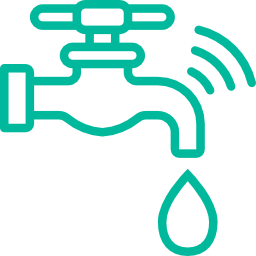What is oil in water detection?

Oil in water detection refers to the strategy of identifying and measuring the presence of oil or hydrocarbons in a water pattern. This is a vital environmental and industrial measurement because the discharge of oil or hydrocarbons into natural water our bodies can have harmful ecological and human health effects. Oil in water detection is especially necessary in industries similar to oil and gas, petrochemicals, shipping, and wastewater therapy, the place the accidental release of oil or hydrocarbons can lead to pollution and regulatory violations.
There are oil-in-water detection sensors of strategies and technologies for detecting and quantifying oil in water, together with:
Laboratory Analysis: In a laboratory setting, water samples may be analyzed via numerous methods like gravimetric analysis, chromatography, and spectrophotometry. These strategies can present correct measurements but are typically time-consuming and may not be appropriate for real-time monitoring.
Oil Content Analyzers: These are devices designed for on-site or steady monitoring. They use numerous techniques similar to fluorescence, infrared absorption, and ultraviolet (UV) absorption to detect and quantify oil in water. https://site-8560046-6054-3569.mystrikingly.com/blog/why-is-oil-in-water-monitoring-important can present real-time knowledge and are sometimes utilized in industrial settings.
Membrane Filters: Membrane filters are used to physically separate and seize oil droplets from water samples. The quantity of oil captured on the filter is then measured, sometimes by weighing the filter before and after the test.
Ultrasonic Sensors: Ultrasonic sensors can detect the interface between oil and water based mostly on the difference in acoustic properties of the two substances. These sensors can be used in various industrial applications to monitor oil ranges in water.

Discrete Phase Sensors: These sensors work by measuring the electrical conductivity or capacitance of the water. Since oil and water have different electrical properties, this method can be used to detect the presence of oil.
Fluorescence Sensors: Fluorescence sensors use the fluorescent properties of oil to detect its presence in water. When oil is exposed to specific wavelengths of light, it emits fluorescence that may be measured to determine its concentration in water.
Infrared Sensors: Infrared sensors can detect the absorption of particular wavelengths of infrared mild by oil molecules in water. This absorption can be utilized to quantify the oil concentration.
The alternative of method is dependent upon components like the precise utility, required sensitivity, and the necessity for real-time monitoring. Environmental laws typically set limits on the permissible focus of oil in water, so accurate detection and monitoring are essential for compliance..
